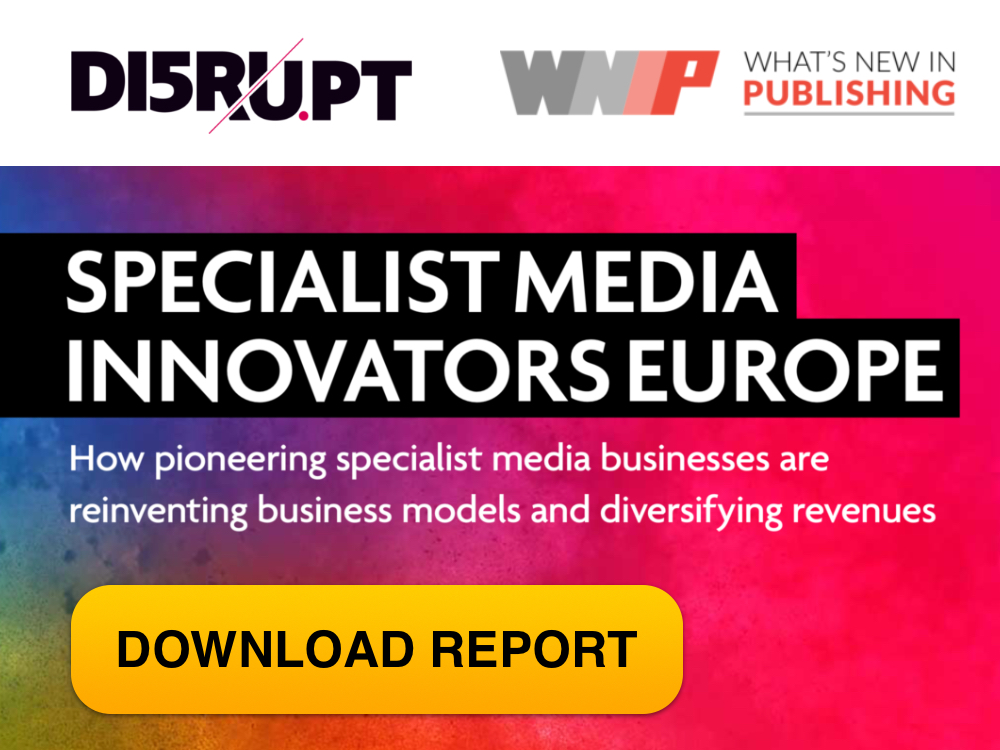|
Getting your Trinity Audio player ready...
|
In our recent global research, we revealed that some of the world’s best publishers are still unsure of the way forward with the imminent demise of the third-party cookie. Of the 419 premium publishers that took part, more than 50% said they were unclear as to how new cookieless solutions will impact their business.
However, possibly the most surprising stats – given the emphasis the market is currently placing on the power of first party data – is that 65.3% of respondents said they were not planning on increasing the utilization of logins to specifically combat deprecation of third-party cookies. This is predominantly due to the potential disruption of user experience for readers, and could therefore have a negative impact on site traffic.
With respect to the use of unique ID solutions, the Unified ID 2.0 spearheaded by The Trade Desk and Liveramp’s Identity Link are seen as popular ways forward to solve the issue of identity, with almost half (47%) of respondents from previous research who were considering adopting logins are intending to work with one of these two solutions.
Publishers are being left in the dark
With the introduction of Google FLoC – Federated Learning of Cohorts, Google claims to give advertisers the ability to track users without revealing their identity. Users are instead placed within cohorts according to their interests. But FLoC will only be available within Google’s Chrome browser, and it’s still uncertain how it will work in practice, with concerns already being raised around the industry. Meanwhile, it is still a guessing game as to what browsers such as Safari and Firefox will choose to allow. For publishers and advertisers, FLoC should be treated the same as any other cookieless tool; to be included in the mix rather than treated as the basis for a whole strategy.
Of course, the devil will be in the details with FLoC, but although Chrome is the most popular internet browser with 55.66% of global market share, such updates shouldn’t be limited on the open web or help Google gain competitive advantages. To ensure publishers can monetize their own real estate, we need to ensure precise targeting isn’t only possible within walled gardens.
Right now, it appears that many publishers are having to play a waiting game; holding on to see what initiatives come to the fore and dictate which way they should be going. This leaves the industry heavily reliant on and beholden to updates from the tech giants. The results of the survey reflects the lack of clarity that publishers are already facing when it comes to these potential new solutions, with just 23.7% saying they fully understand implications of all industry initiatives.
But with the clock ticking on third-party cookies, now is definitely not the time for publishers to stall on preparations for the cookie-less future. They need to get prepared. But how?
It’s time to get real about what will replace third-party cookies
For a start, publishers need to be realistic about what will replace the cookie. Despite many claims from across the digital advertising ecosystem, it’s pretty clear that there will not be a one-size-fits-all solution. Different approaches will need to be properly understood, tested and combined in order to maintain the same levels of ad effectiveness. Publishers will need to keep track of, and test, the most up-to-date industry initiatives. The challenge here is that most of the cookie-based replacements are not testable yet – Google Privacy Sandbox, for example, is still only under specifications – while others are not deployed at scale across both the demand and supply sides of the ecosystem.
This is where contextual targeting can help. It represents a viable, existing avenue for publishers that has been shown to provide solid strategic results across all markets around the world. The challenge with contextual targeting at scale is that harnessing its power isn’t understood by many. It needs to start with a good media plan to ensure proper actionability and publishers will need to use their first-party data, new tools and insights to learn which contextual signals can be used, when and how. Where contextual targeting wins is that it doesn’t require the use of cookies and is definitely not a plan B, as it allows publishers to stop chasing precise audience targeting and consider their natural advantages and differentiators: the power of their content.
Whatever happens though, solutions need to be initiated as soon as possible in order to be fully ready for 2022 when cookies will take their final bow. Iterations and A/B tests will be essential to help publishers find the right balance of approaches. Our advice is to run concrete tests with partners offering actionable – and not theoretical – cookie-less monetization capabilities, and do it now before it’s too late and you’re left chasing the pack.
Eric Shih
Chief Supply Officer, Teads
Teads, The Global Media Platform, is the single access point for advertisers to connect to the world’s best publishers and reach an audience of over 1.9 billion people every month. Teads demand-side, sell-side and creative technology delivers effective and engaging advertising experiences for consumers, guaranteed outcomes for brands, and ultimately powers publishers with better monetization solutions to fund quality journalism. Teads partners with the leading marketers, agencies and publishers through a team of 800+ people in 26 countries.



